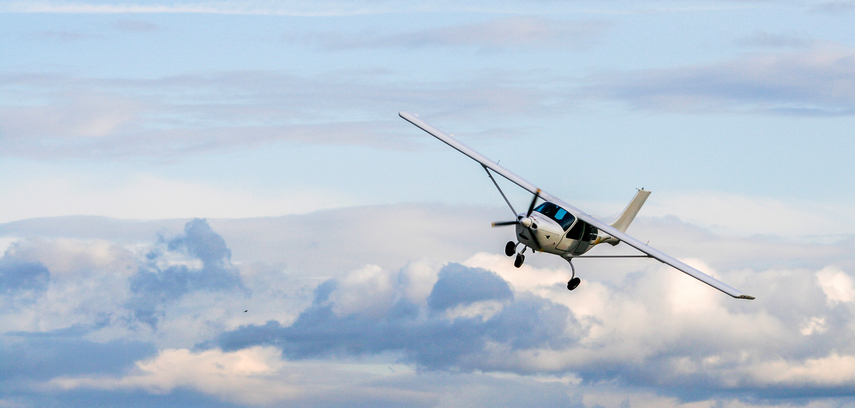
During the summer, pilots around the country face one of the worst flying hazards in aviation: thunderstorms. Known as nature’s “heat engine,” thunderstorms are notoriously unpredictable and uncontrollable, especially during the hot summer months. While it isn’t always possible to avoid the associated hazards of thunderstorms such as turbulence and rain, there are ways to mitigate your risk of directly encountering a storm. Follow these five tips to avoid the dangers of summer thunderstorms and stay safer in the skies.
Check convective forecasts and radar reports before taking off
Careful preflight weather planning is the best way to avoid encountering a thunderstorm. Be sure to check convective forecasts and radar reports before your flight and create a backup plan in case you run into unexpected weather. Most importantly, remember not to let “get-home-itis” get the best of you. Trust your instincts and wait out storms on the ground if you cannot safely navigate an alternate route around impending thunderstorms.
Watch out for lightning
Lightning indicates the probability of a severe thunderstorm nearby. Furthermore, looking out the cockpit at bright lightning may temporarily impair your vision. Try to keep your eyes on your instruments to prevent the risk of becoming temporarily blinded by nearby lightning.
Don’t take a thunderstorm lightly
When it comes to thunderstorms, avoidance is the best policy. The FAA recommends flying 20 miles or more away from thunderstorms, since it’s possible to encounter associated hazards such as hail, wind shear, and turbulence within as few as 20 miles from strong storm cells. If you absolutely can’t avoid a thunderstorm, don’t attempt to turn around once you’ve entered the storm. Maintaining a straight and level course through the storm will typically get the aircraft out of the hazard in minimum time.
Never attempt to fly beneath thunderstorms
Even if visibility is good and you can see to the other side of a storm cloud, you shouldn’t attempt to fly beneath a thunderstorm. Under the storm, the potential for encountering destructive flying hazards including wind shear, turbulence, and microbursts is much higher.
Reduce airspeed when encountering turbulence
If you find yourself facing hazardous levels of turbulence, decrease airspeed to the manufacturer’s recommended turbulence penetration airspeed (maneuvering speed) to avoid putting excess stress on the airplane.
Do you have any other tips for thunderstorm safety to add to the list? Let us know in the comments below!